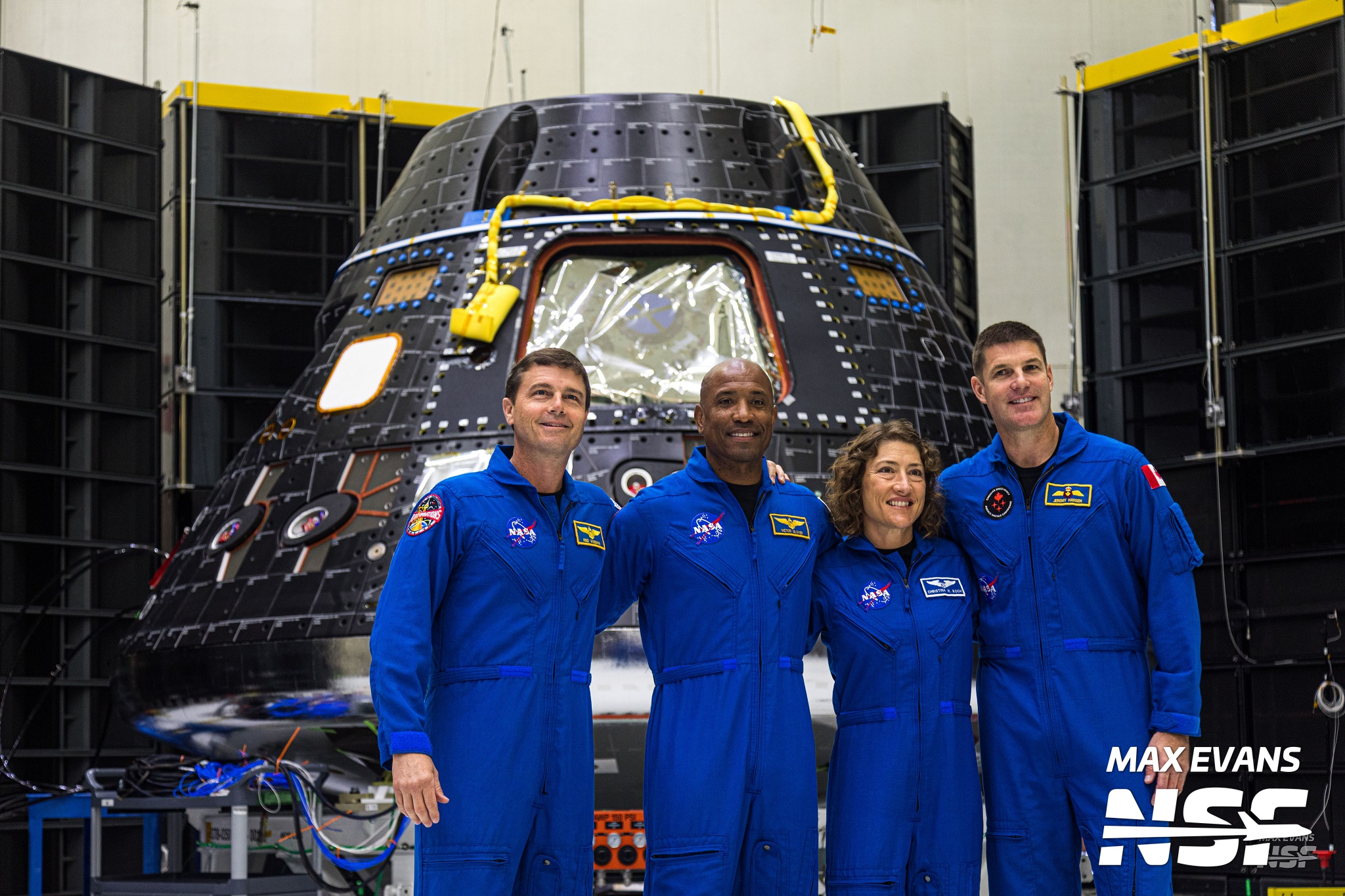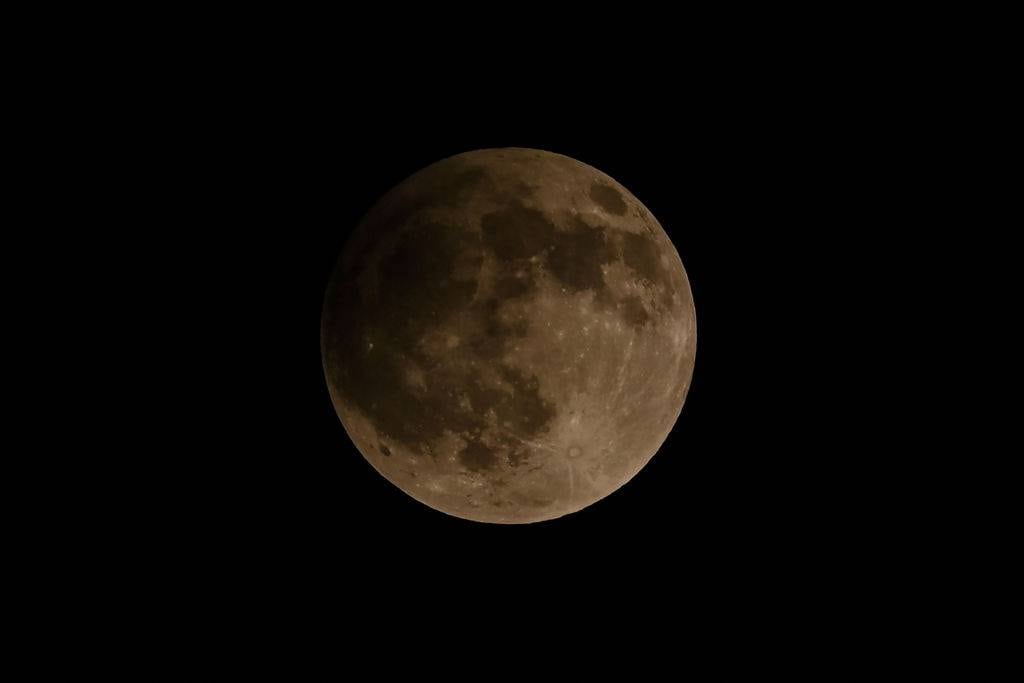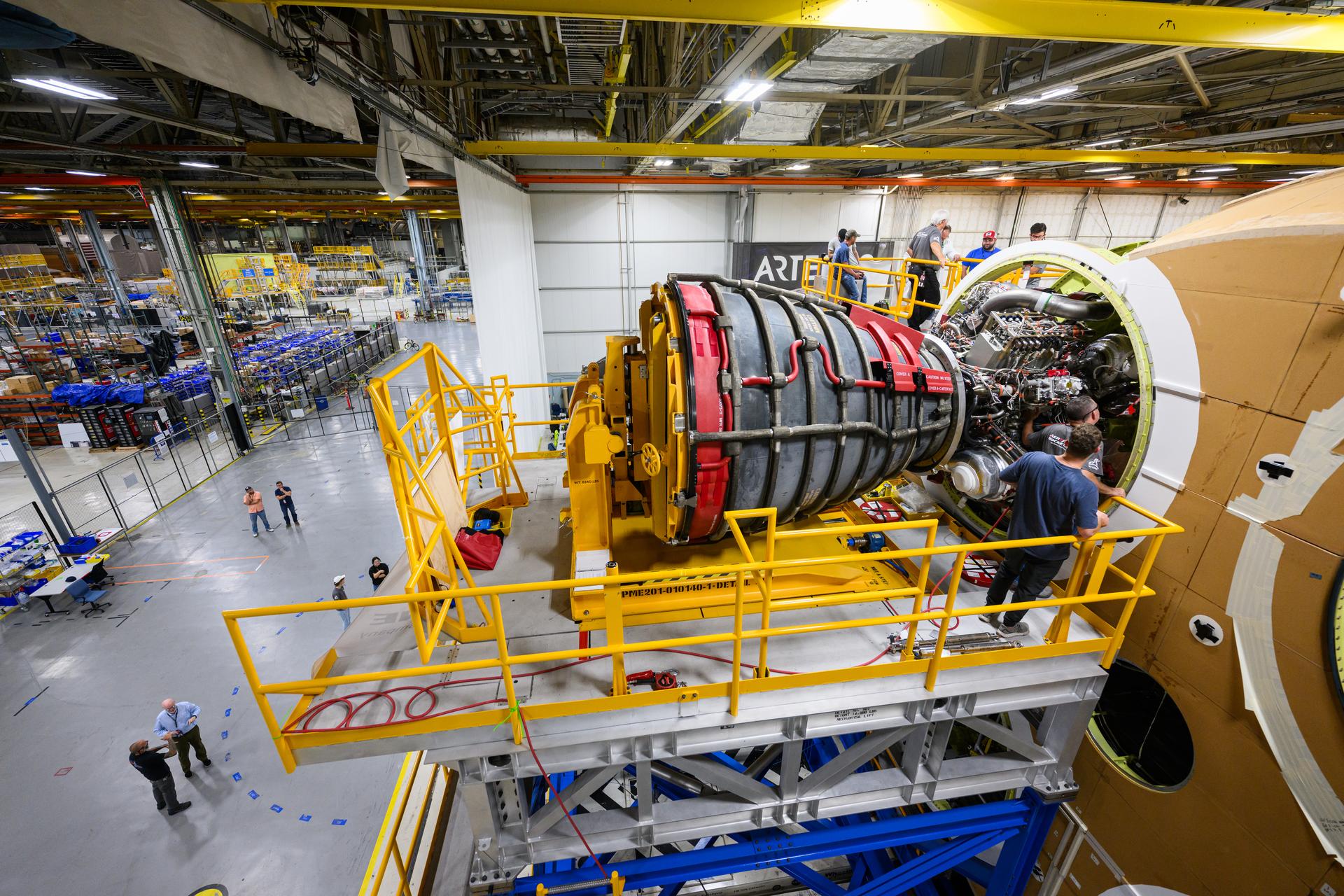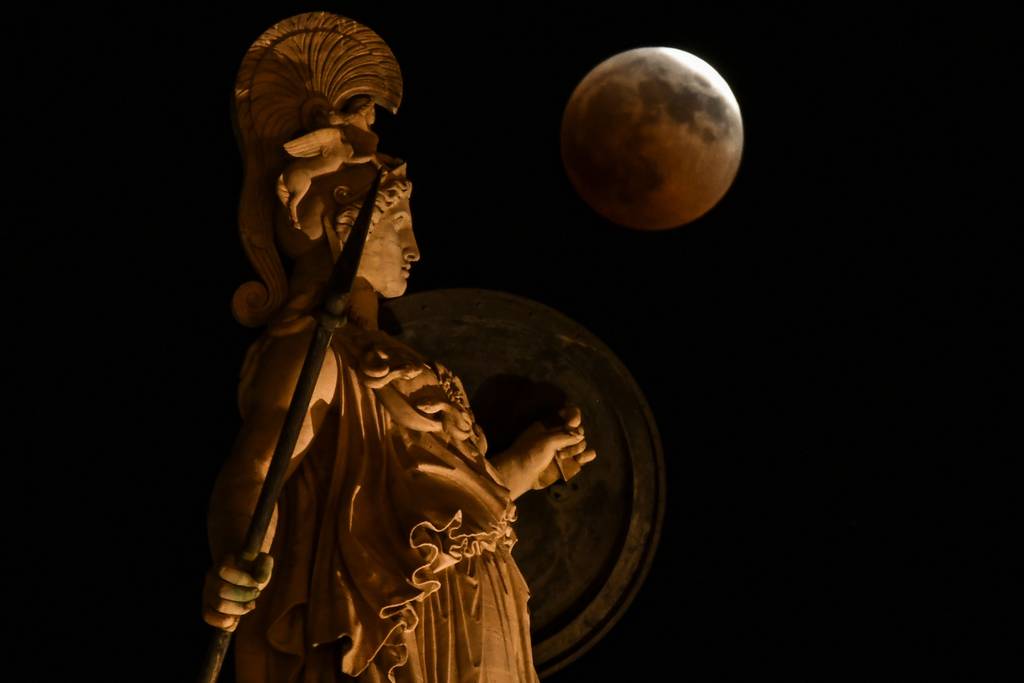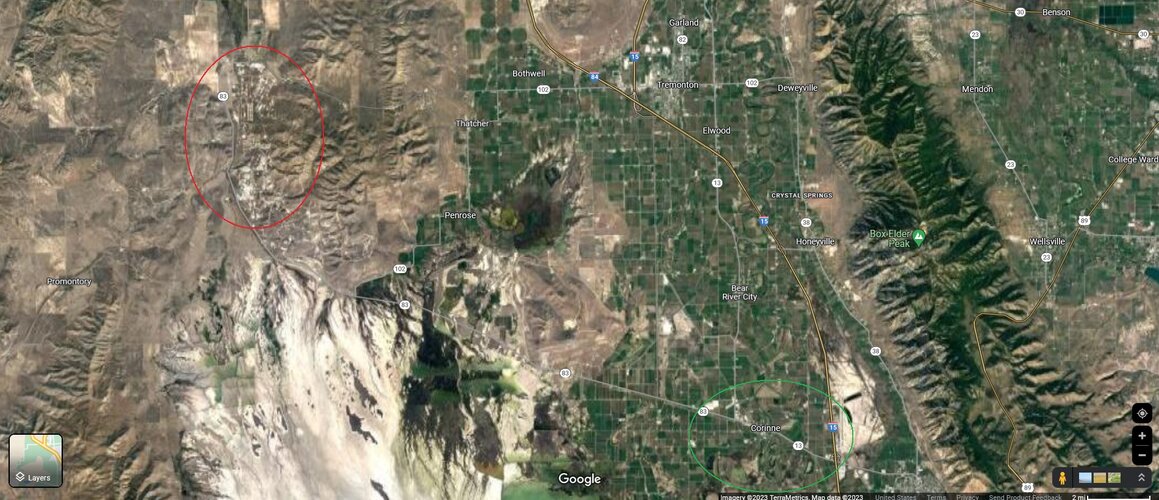- Joined
- 21 January 2015
- Messages
- 12,149
- Reaction score
- 16,351
NASA Completes First Launch Simulation for Artemis II Moon Mission

 www.nasa.gov
www.nasa.gov

NASA Completes First Launch Simulation for Artemis II Moon Mission
NASA’s Artemis launch team conducted its first simulation for Artemis II, the first crewed mission under Artemis, on July 20 inside the Launch Control Center at the agency’s Kennedy Space Center in Florida.

